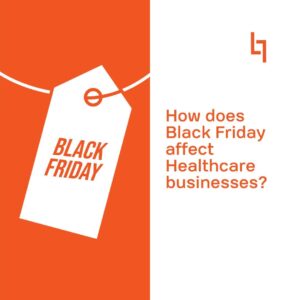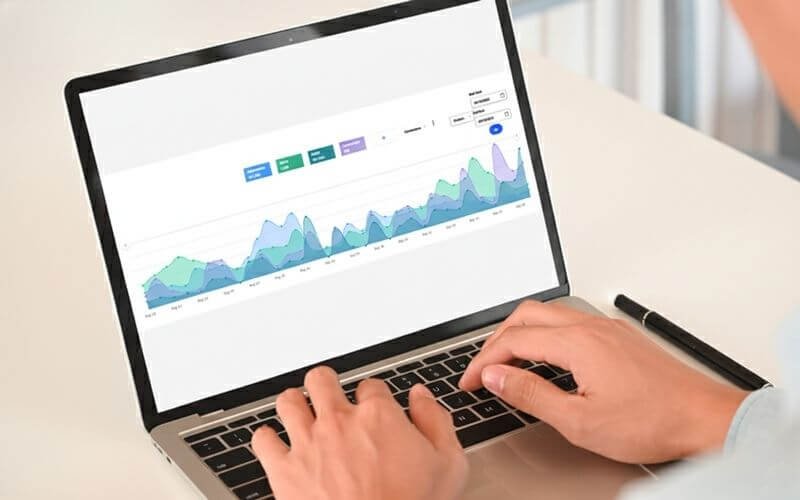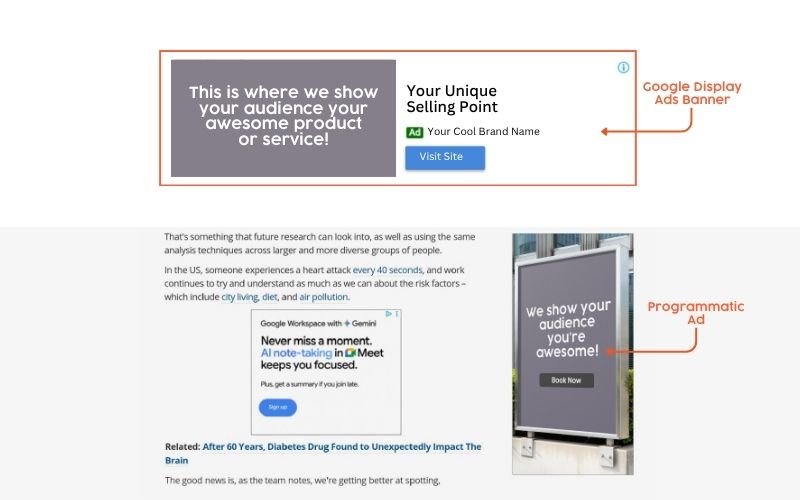
The annual Black Friday sales have continued to gain momentum in Australia, with recent sales eclipsing the spending seen in previous years.
At Splice Marketing, we keep a close eye on trends in consumer behaviour to help keep our clients as informed and prepared as possible, as the healthcare sector isn’t immune to many of these seasonal ebbs and flows.
Let’s start with a brief look at why this information is important. Black Friday has become Australia’s biggest sale event since its introduction by a handful of retailers back in 2013.
Recent surveys conducted in August 2023 showed that over 77% of consumers intended to make purchases on Black Friday, with the Australian Retailers Association (ARA) predicting shoppers would spend $6.36bn across the event.
These numbers turned out to be well short; NAB reported that Aussies spent 22% more than they did during the Black Friday and Cyber Monday sales events of 2022, coming in at a total of $8.7 billion; all of this during a well publicised time of inflation and cost-cutting.
According to an article on predicted spending in The Guardian, Westpac research from early November found that 74% of Australians were planning a smaller Christmas, and 72% said they would be cutting back on holiday spending.
Spending had also dropped in September and October, with many anticipating that this was in the lead up to the sales offerings coming in November.
How does Black Friday affect Healthcare?
For any healthcare clients selling products in person or running eCommerce businesses, Black Friday is becoming more relevant each year.
Consumers are now expecting incentives around this time of year, with many retailers offering their Black Friday deals 1-2 weeks before the actual date.
With this sales mindset becoming more and more apparent, it’s important to recognise that your clients have possibly been reducing spending or anticipating purchases at this time of year.
What does the data say?
Across the board, we’ve seen some consistent trends in the healthcare industry that reflect general retail in November 2023;
- Organic search traffic is up
- Direct traffic is up
- Paid search is up
- Referral traffic is up
- Conversions are up
While our goal is to always see an increase in results for our clients, the peaks created by Black Friday specials mean that there is a consequence. For many of the previously mentioned metrics (organic traffic, direct traffic, paid search, conversions), performance may decrease in December.
How to effectively analyse your data after Black Friday
With these surges in search traffic and online purchases, the numbers observed in the second half of November can often be seen as outliers.
If you’re reading a report or looking at your analytics, be very mindful of the spikes you may see around Black Friday.
Reports comparing December to November, or even fortnight on fortnight (1-15 December vs 16-30 November), you’re likely to see a lot of red.
Take a look at the bigger picture; compare year-on-year and see what was happening during the same period 12 months ago. You may see a pattern emerging with November data, however growth on what was being observed a year ago is obviously a reason to celebrate.
Check your progress made this year; has your traffic and conversion figures been trending upward?
As with any change in the market, Black Friday represents a learning opportunity and chance to run new campaigns or promotions in the future.
Looking at your data can provide powerful insights and fuel your marketing efforts – if you would like to chat with the team at Splice Marketing about how to prepare and run different seasonal campaigns, we’d love to hear from you.







